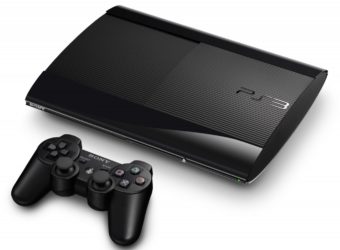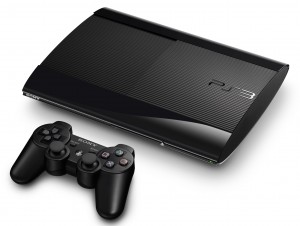June 2, 1988: IBM PS/2 Model 70
Subscribe! Spotify | RSS | More
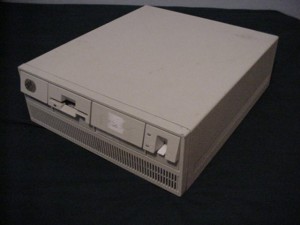
1988 – While not the first version of the PS/2, the Model 70 was introduced with the 80386 processor. 16, 20, and 25 MHz clock speeds. The Model 70 also used a 25 MHz Intel 486 processor in a complex called the Power Platform.
If you wanted to upgrade to the 80486, you would have to replace the PS/2’s BIOS chip along with the processor board.
The model 70-A21 sold for $11,295 and included 2 MB of RAM, 120 MB ESDI hard drive, MS-DOS and OS/2. If you wanted a monitor for it, you would have to put down an additional $595 for the 8512 VGA.
Model 70 was a desktop case and Model 80 was a tower. IBM also introduced the PS/2 Model 25 LS and PS/2 Model 50 Z.
Full Day in Tech History podcast show notes for June 1
Subscribe to Day In Tech History:
RSS Feed - iTunes - Google Play - Spotify
Twitter - Facebook
- RSS Bandwidth by Cachefly Get a 14 Day Trial
Be a Part of the Sconnie Geek Nation!
In Wisconsin, friends are called "Sconnies". Even if you're not from Wisconsin, you can be part of the Sconnie Geek Nation through my coverage! By pledging, you join the Geek Sconnie Nation! Plus, you help me cover costs so I can continue the coverage of Gadget tech, music tech, and geek culture through the shows.
- IBM PS/2 Model 70
- The CIH Computer Virus surfaces
- Safari Carpet Bomb attack
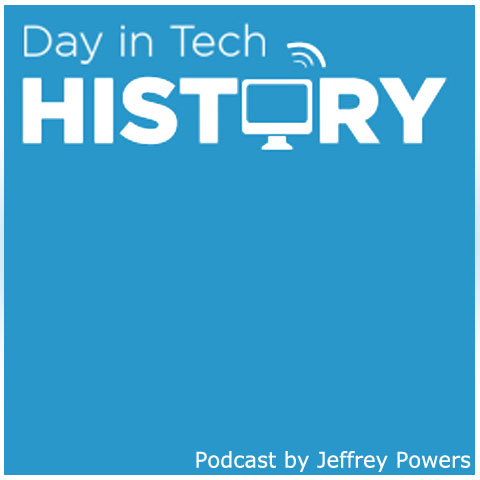
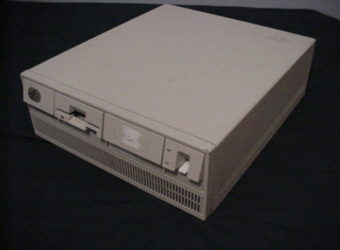






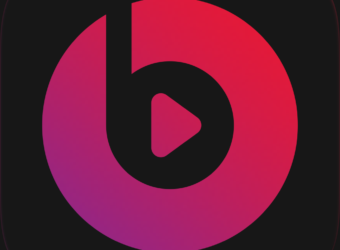
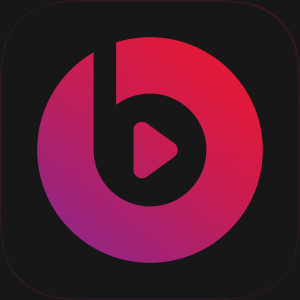
![wordpress_logo-300x300[1] Wordpress](https://dayintechhistory.com/wp-content/uploads/2013/05/wordpress_logo-300x3001-340x250.png)

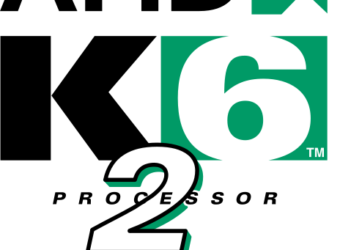
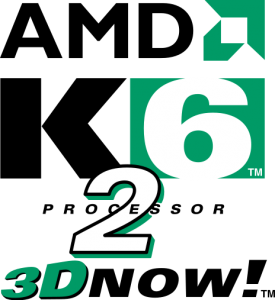
![Shrek[1] Shrek](https://dayintechhistory.com/wp-content/uploads/2013/05/Shrek1-340x250.jpg)

